June 21 marked both the summer and winter solstice, the longest or shortest day of the year for sunlight depending on which hemisphere you reside. Here are some glimpses of the power, beauty, and transforming presence of the sun, taken since the beginning of June. -- Lloyd Young(27 photos total)

In this handout photo released by Nasa Earth Observatory on June 7, 2011 and taken from Nasa's Solar Dynamics Observatory, sunspot complex 1226-1227, shows the Sun unleashing an M-2 (medium-sized) solar flare, an S1-class radiation storm and a coronal mass ejection resulting in a large cloud of particles mushrooming up and falling back down giving the impression of covering an area of almost half the solar surface. An unusual solar flare observed by a NASA space observatory on June 7 could cause some disruptions to satellite communications and power on Earth over the next day or so, officials said. The potent blast from the Sun unleashed a firestorm of radiation on a level not witnessed since 2006, and will likely lead to moderate geomagnetic storm activity by Wednesday, according to the National Weather Service. (NASA)
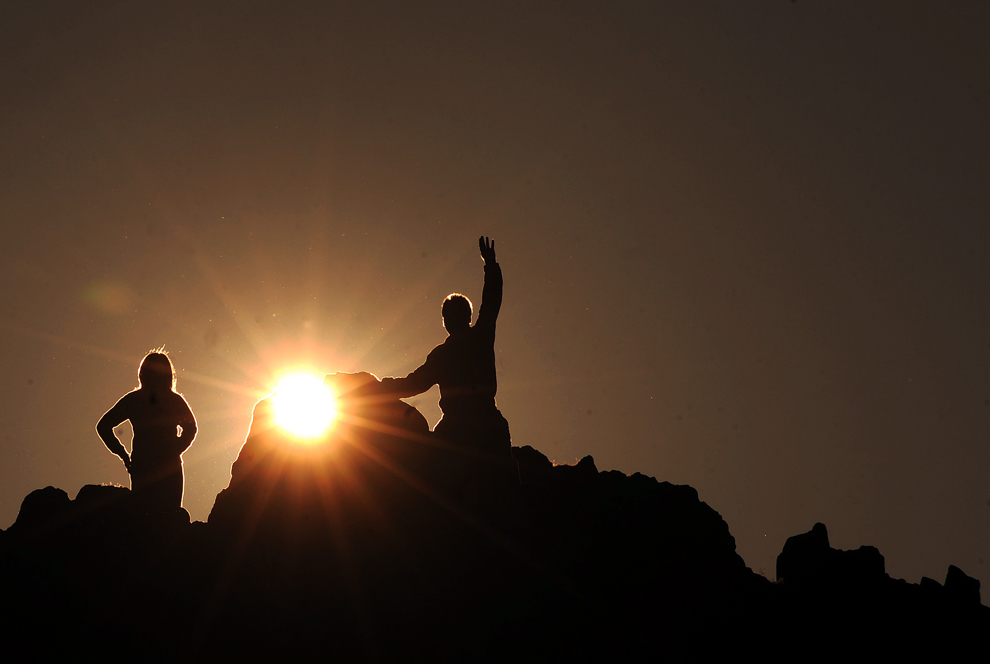
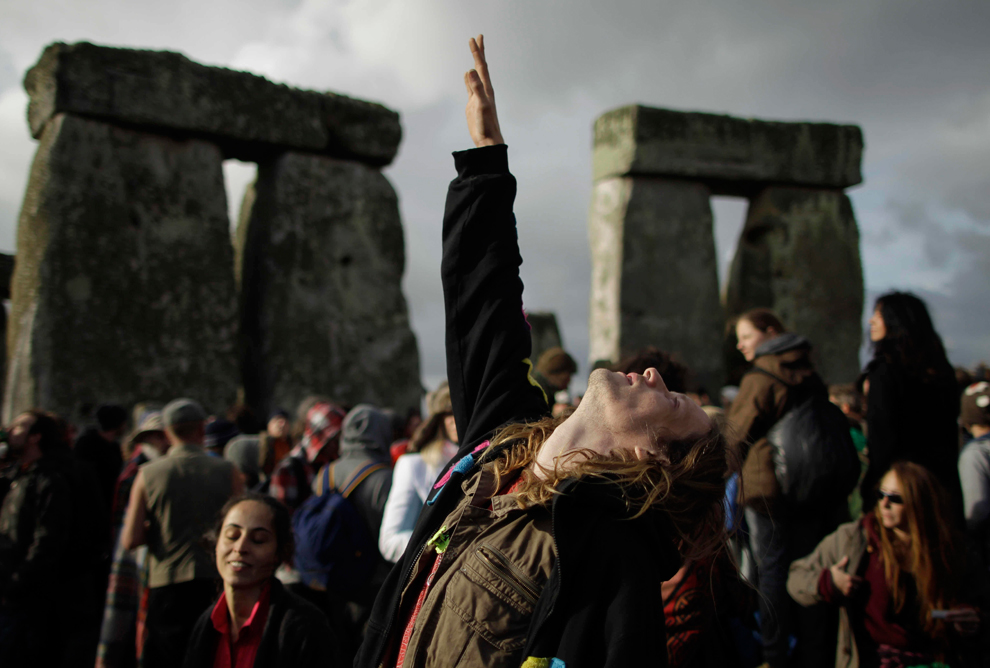
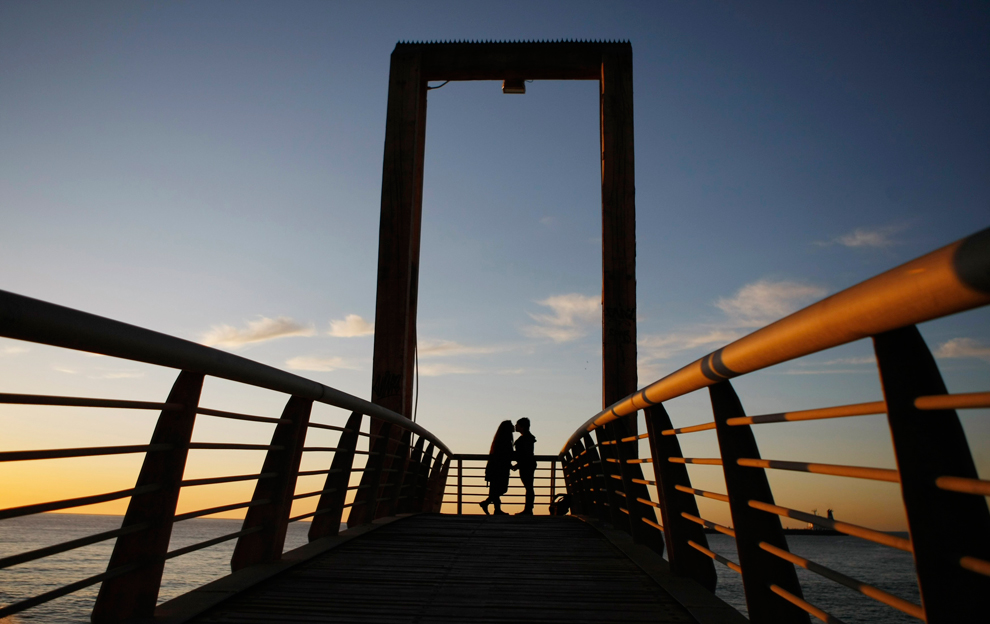

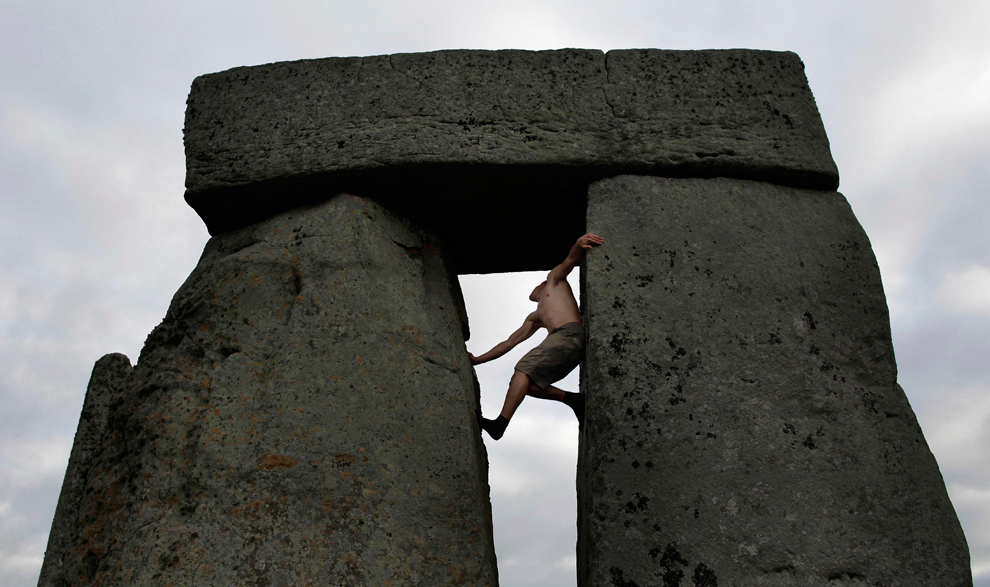
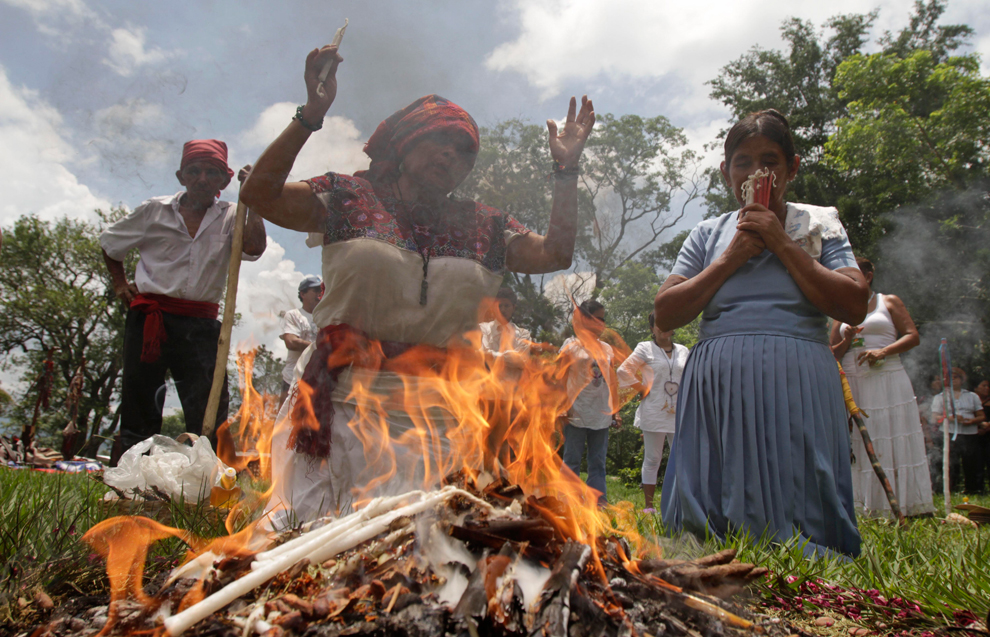
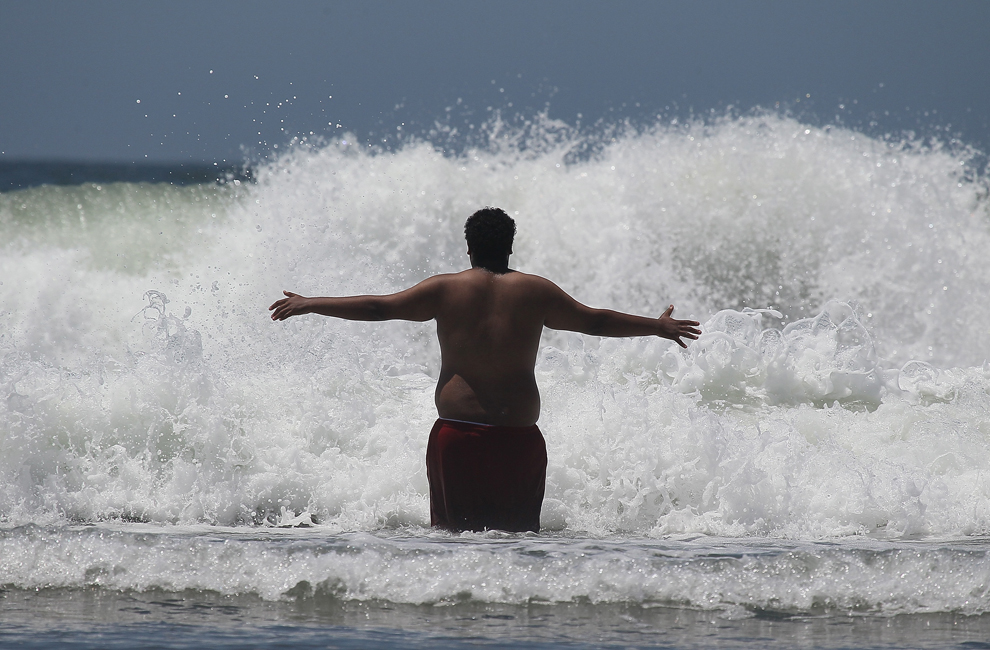
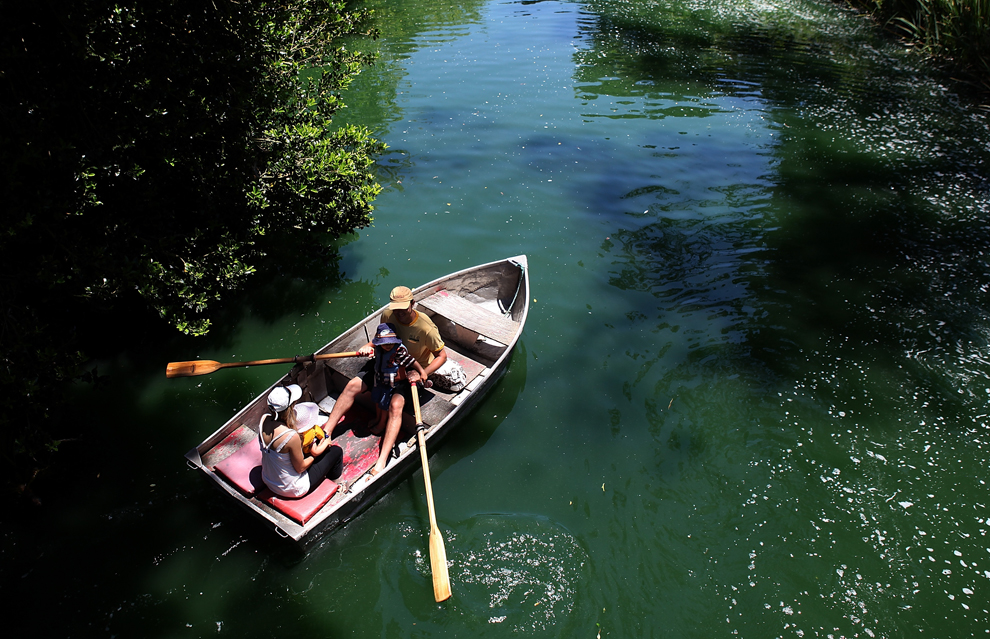





A couple look at the horizon standing on a rocky crest filled with astronomical markers at the megalithic observatory Kokino, soon after sunrise, early morning on June 21, 2011 - the day of the Summer solstice. The ancient astronomic observatory, located about 100 km northeast of Skopje, the capital of the Republic of Macedonia, dates back 4.000 years and is ranked by NASA as the fourth most ancient observatory in the world. (Robert Atanasovski/AFP/Getty Images)

A reveller reaches up to the sky during the summer solstice at Stonehenge, near Salisbury in England, Tuesday, June 21, 2011. The ancient stone circle of Stonehenge is a World Heritage Site erected between approximately 3000BC and 1600BC and despite years of research the reason behind its construction remains a mystery. The summer solstice in the northern hemisphere occurs annually on June 21 and is the time at which the sun is at its northernmost point in the sky. (Matt Dunham/Asspociated Press)

A couple kiss in the sunset during the start of winter solstice in Valparaiso City, about 121 km (75 miles) northwest of Santiago, June 21, 2011. June 21 is the date that Chileans recognize as a symbolic changing of season, marking the onset of the Southern Hemisphere's winter. (Eliseo Fernandez/Reuters)

A group of people stand on the rocky crest filled with astronomical markers at the megalithic observatory Kokino, soon after sunrise, early morning on June 21, 2011 - the day of the Summer solstice. The ancient astronomic observatory, located about 100 km northeast of Skopje, the capital of the Republic of Macedonia, dates more than 4.000 years back in time. It is ranked by the NASA as the fourth ancient observatory in the world. ( Robert Atanasovski/AFP/Getty Images)

A reveller climbs stones during the summer solstice at Stonehenge, near Salisbury in England, Tuesday, June 21, 2011. The ancient stone circle of Stonehenge is a World Heritage Site erected between approximately 3000BC and 1600BC and despite years of research the reason behind its construction remains a mystery. The summer solstice in the northern hemisphere occurs annually on June 21 and is the time at which the sun is at its northernmost point in the sky. (Matt Dunham/Associated Press)

Mayan descendants pray during a ceremony in honor of the upcoming summer solstice at the Mayan archeological site of Tazumal in Chalchuapa, El Salvador, Sunday June 19, 2011. The summer solstice, which happens on Tuesday, marks the longest day of the year in the Northern Hemisphere, and according to Mayan Priest Jose Erenesto Campos, the Mayans hold ceremonies to help balance the energy of mother earth and ask for abundant crops. In El Salvador, the solstice in June is referred to as winter solstice because it happens during the rainy season, which is considered the country's winter season. (/Luis Romero/Associated Press)

A boy plays in the water at Ocean Beach on June 21, 2011 in San Francisco, California. On the first day of summer, the San Francisco Bay Area is experience its first heat wave of the season with temperatures in the 70's at the coast and up to 100 degrees in the inland areas. (Justin Sullivan/Getty Images)

A family rows a boat on Stow Lake in Golden Gate Park on June 21, 2011 in San Francisco, California. On the first day of summer, the San Francisco Bay Area is experience its first heat wave of the season with temperatures in the 70's at the coast and up to 100 degrees in the inland areas. ( Justin Sullivan/Getty Images)

A US soldier from Viper Company (Bravo), 1-26 Infantry scans the horizon as the sun rises at the Combat Outpost (COP) Sabari in Khost province in the east of Afghanistan on June 21, 2011. US President Barack Obama will announce the size of his drawdown of US troops from Afghanistan on June 23, mapping out an endgame for a 10-year war that has exacted a fearsome human and financial toll. (Ted Aljibe/AFP/Getty Images)

The sun is reflected in a solar panel, outside the EQ-SYS factory that makes rotating frames for solar panels, in Feldheim, Brandenburg, June 20, 2011. Energiequelle GmbH and the 145 residents of Feldheim, a so-called " energy independent" community, have endeavored to break free from fossil fuel, with a mix of renewable resources—wind, biogas, and solar, and have created their own heat and electricity networks. (John MacDougall/AFP/Getty Images)

Sun can be seen behind clouds and the sculpture "Man walking to the sky" by US artist Jonathan Borowsky on June 10, 2011 in Kassel, central Germany. Meteorologists forecast weather changing from fair to cloudy with mild temperatures up to 22 degrees Celsius in the region. (Uwe Zucchi/AFP/Getty Images)
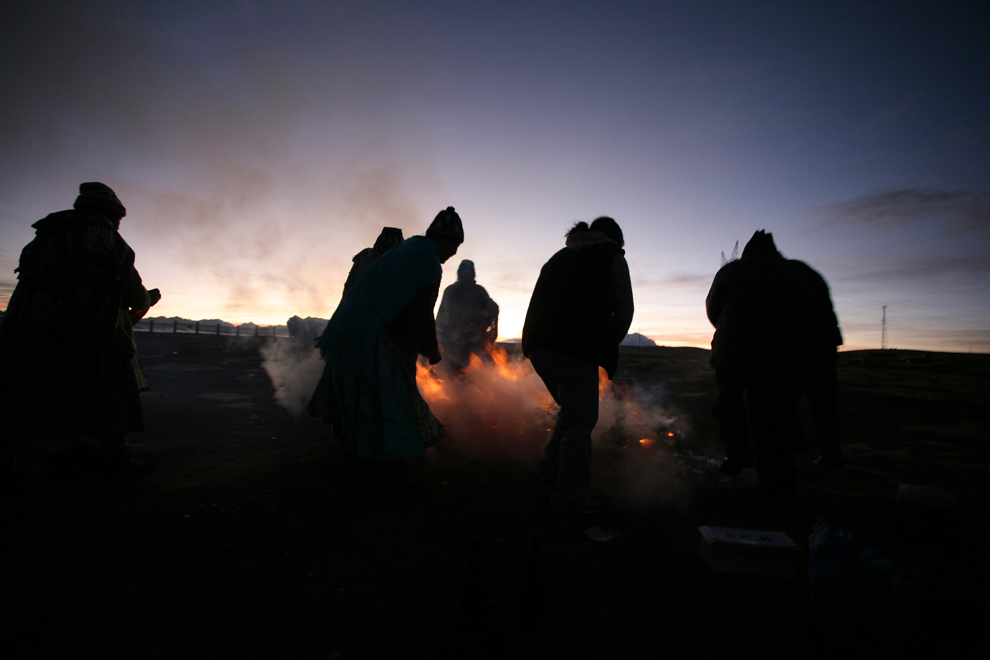
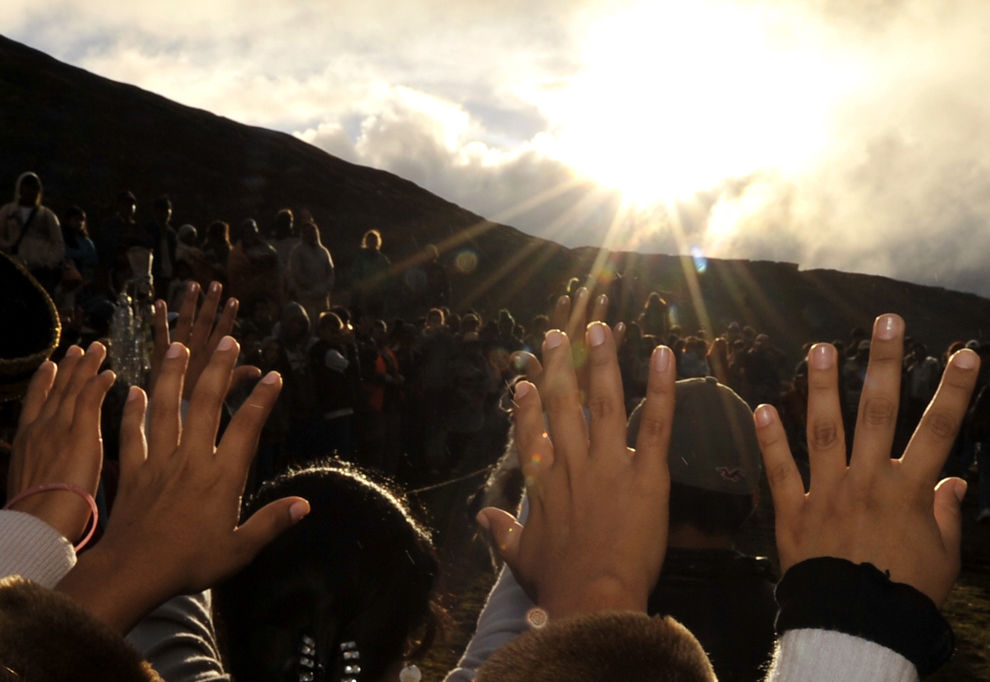

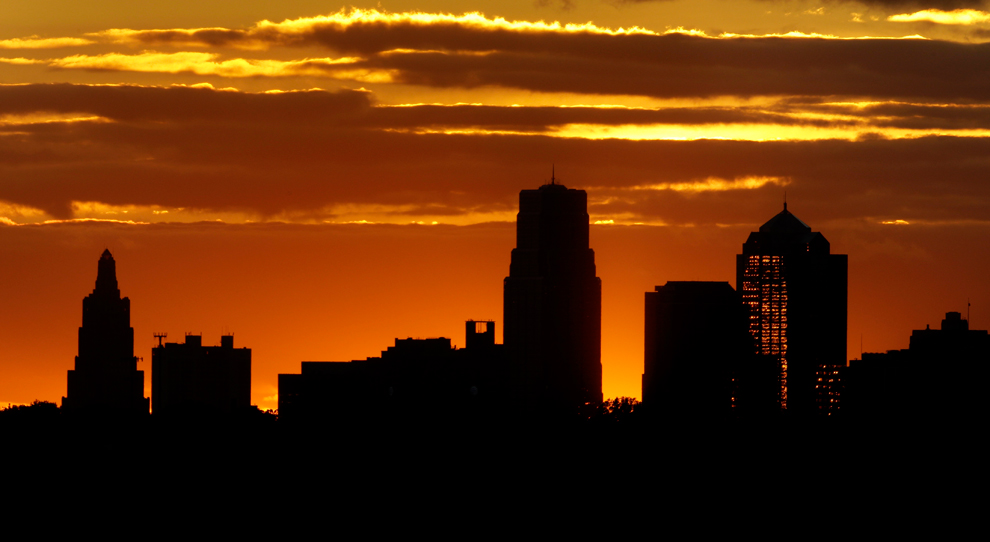


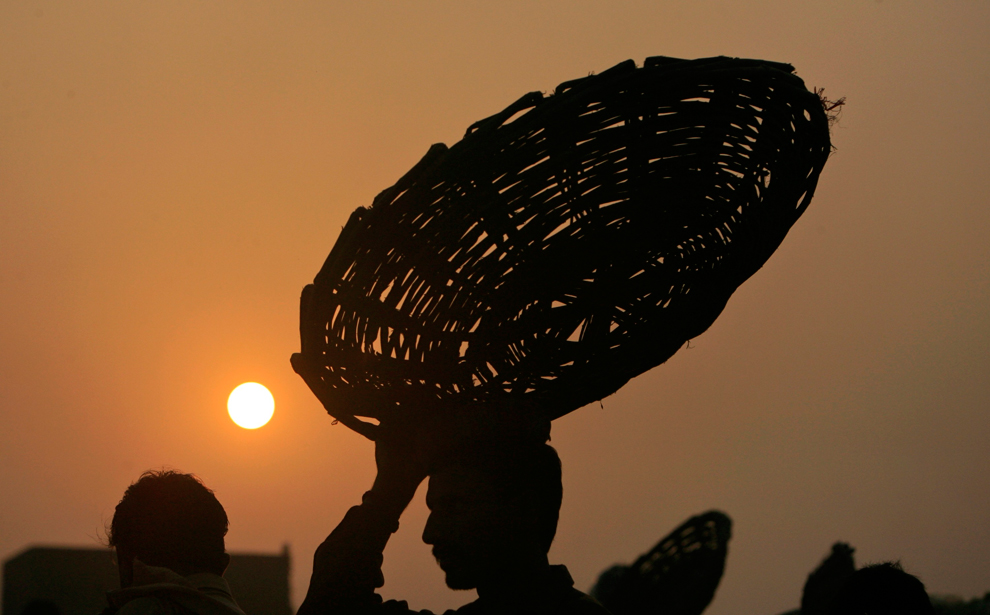

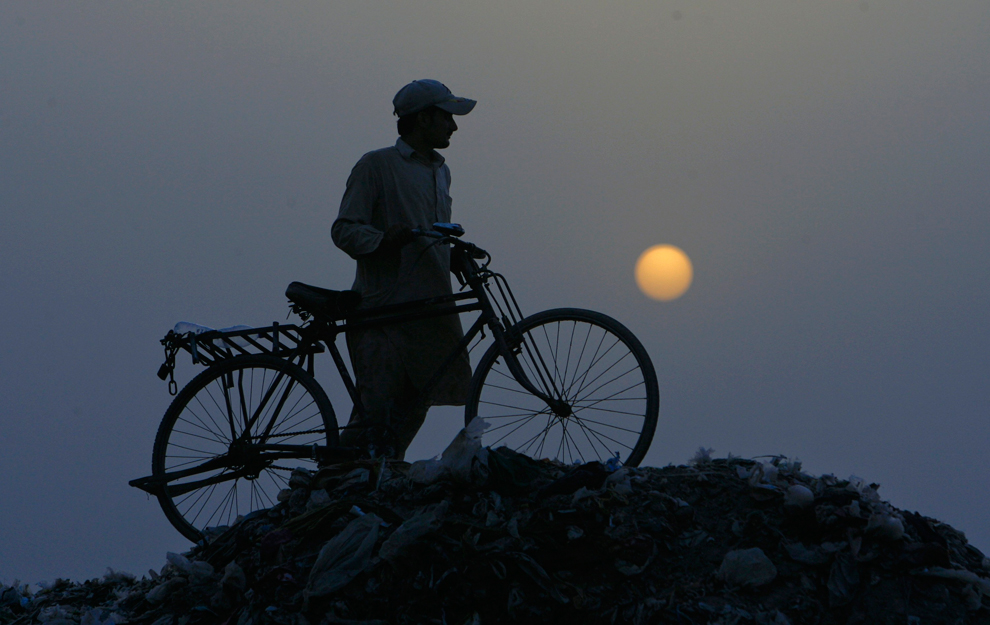
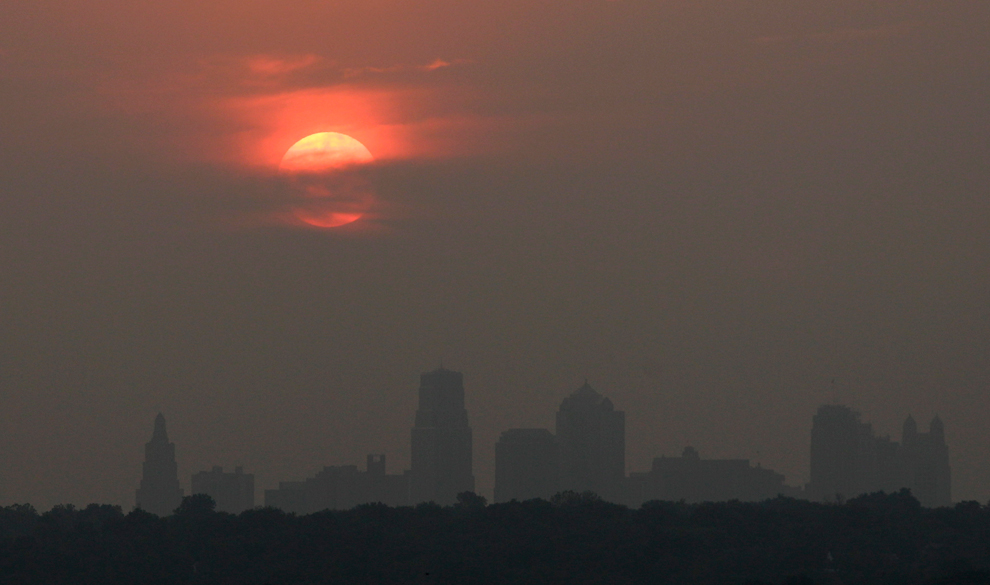


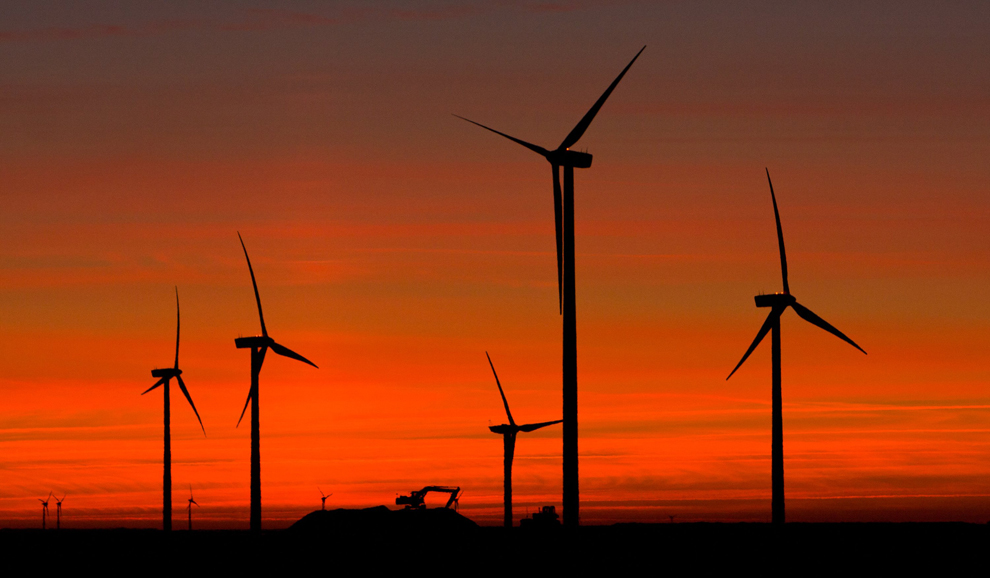
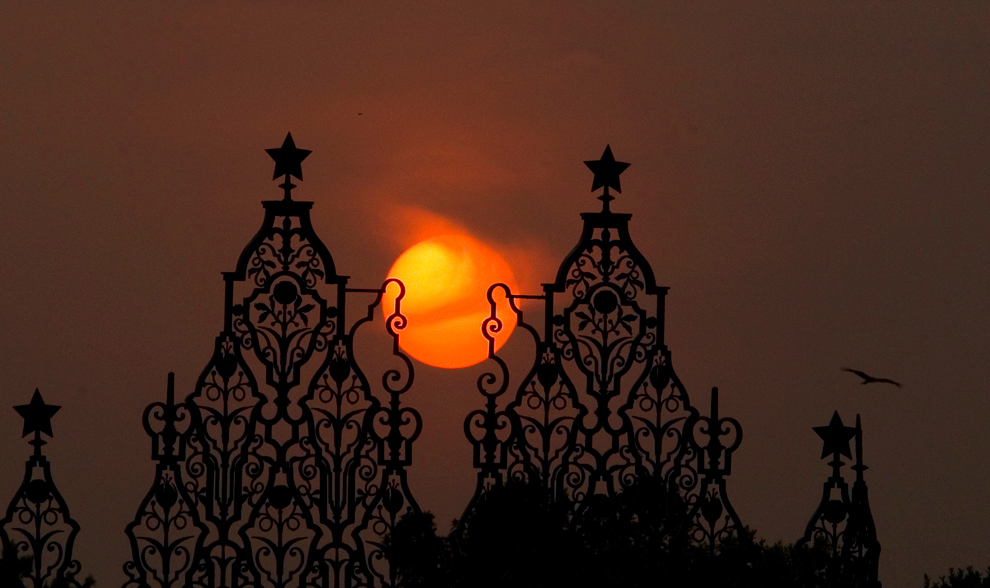
No comments:
Post a Comment